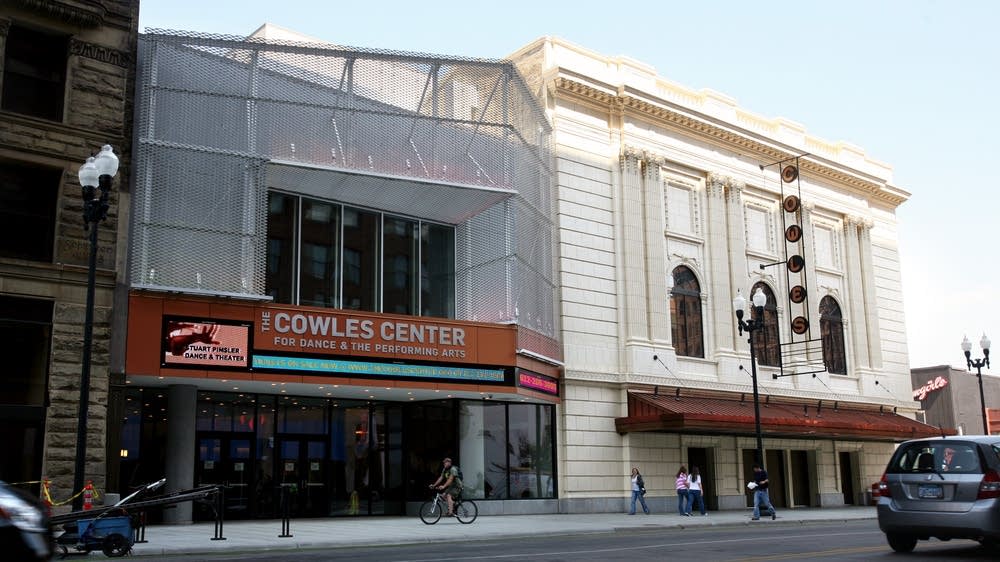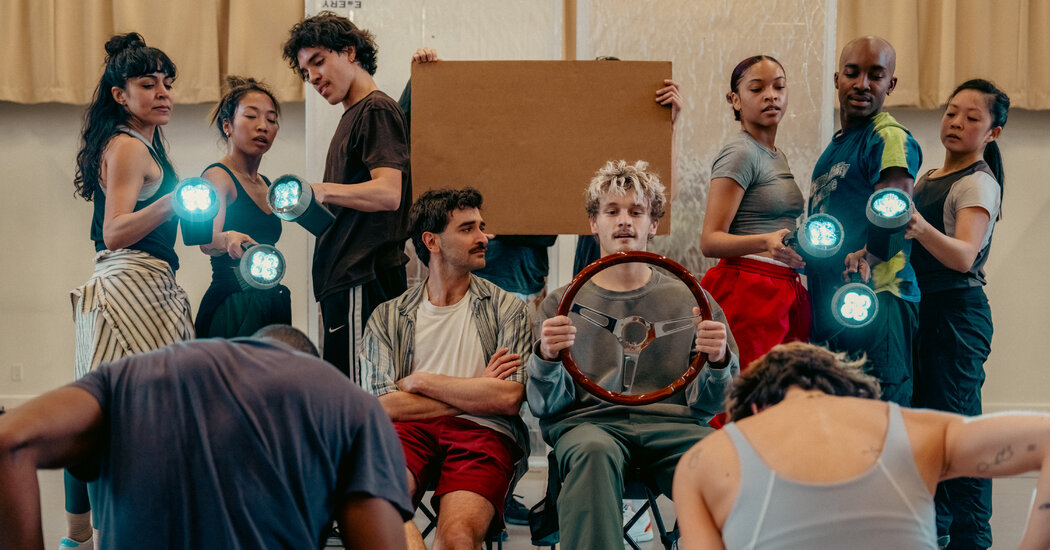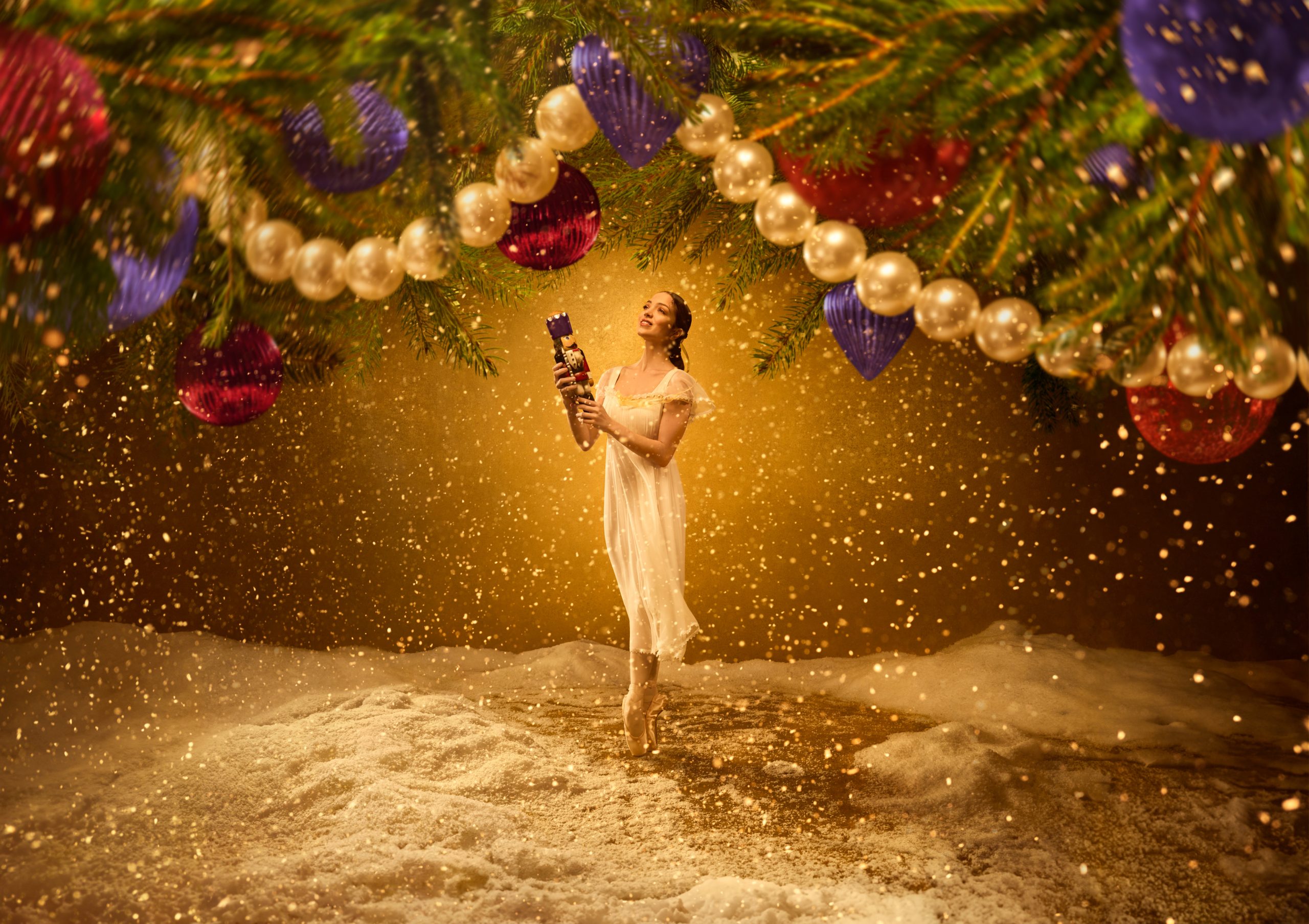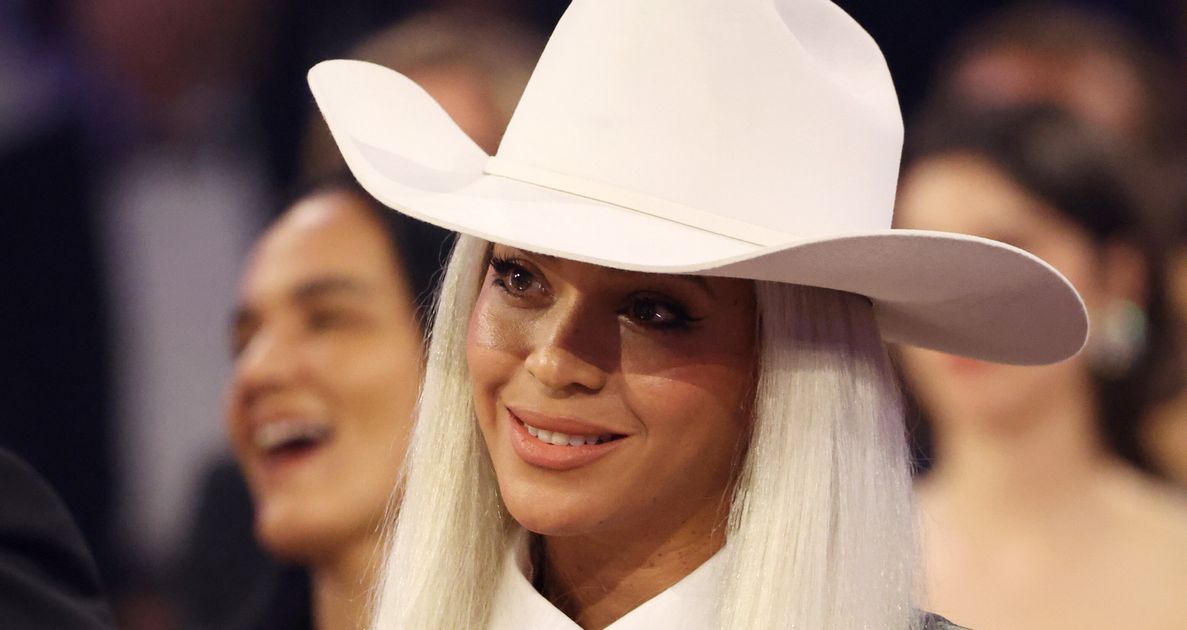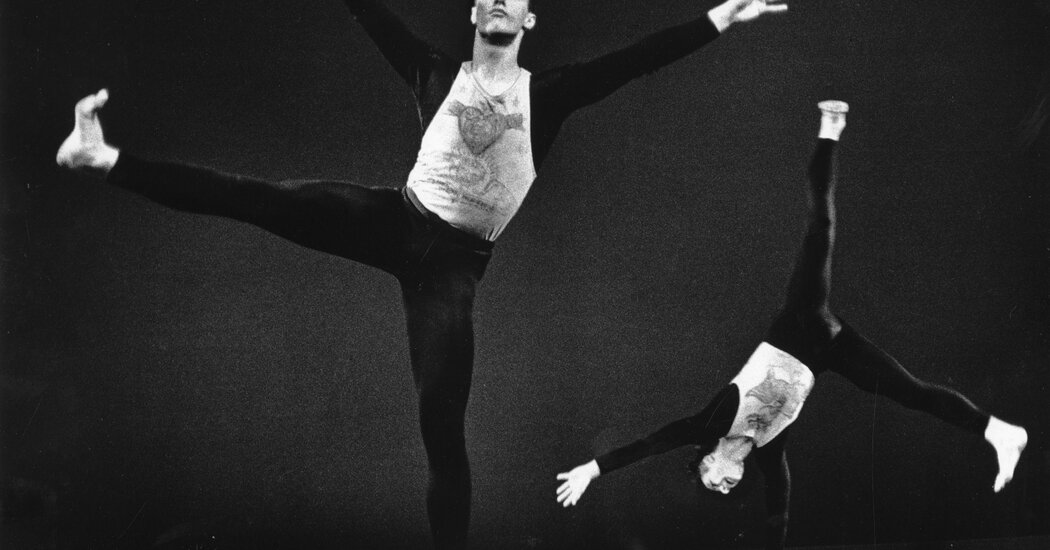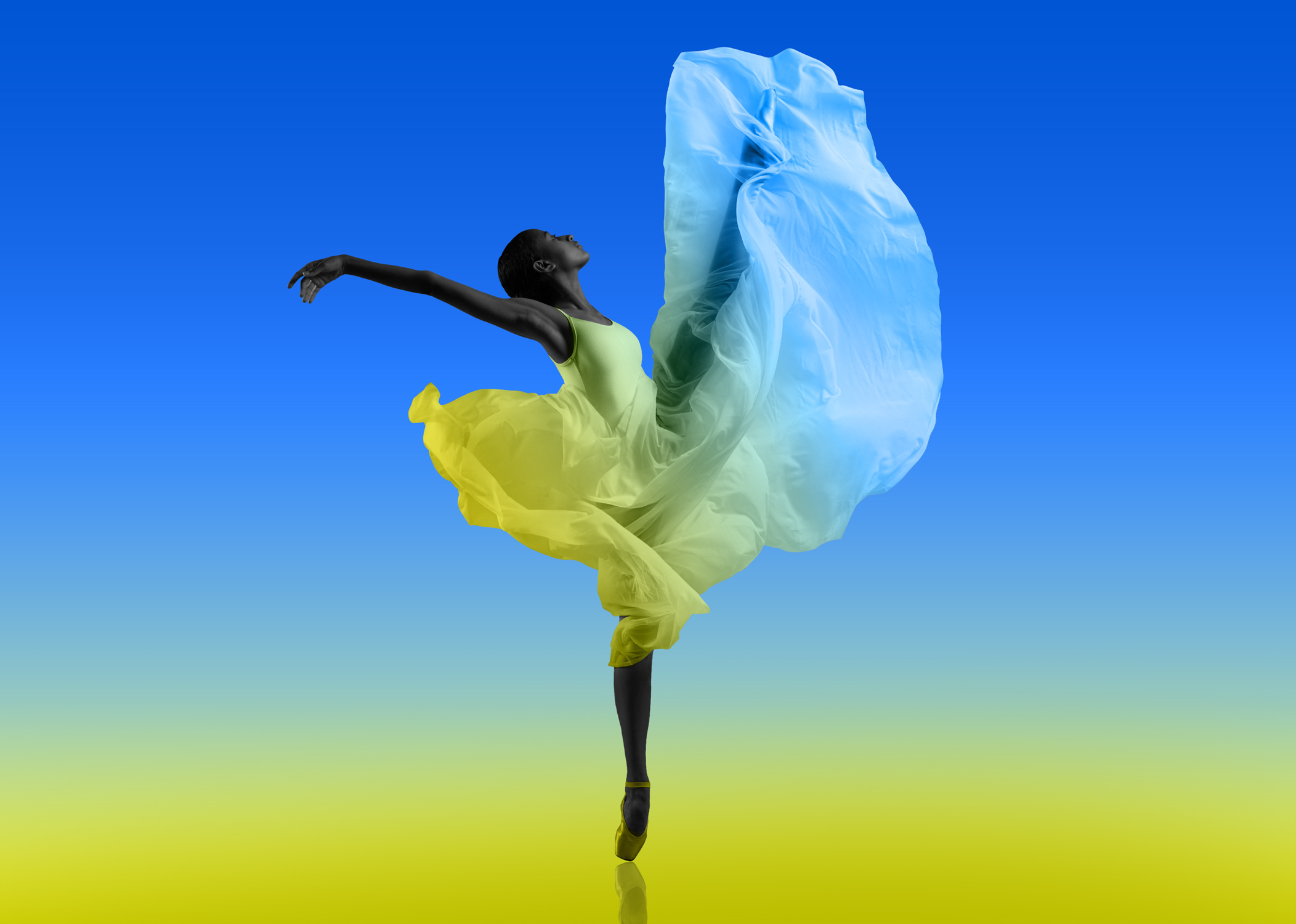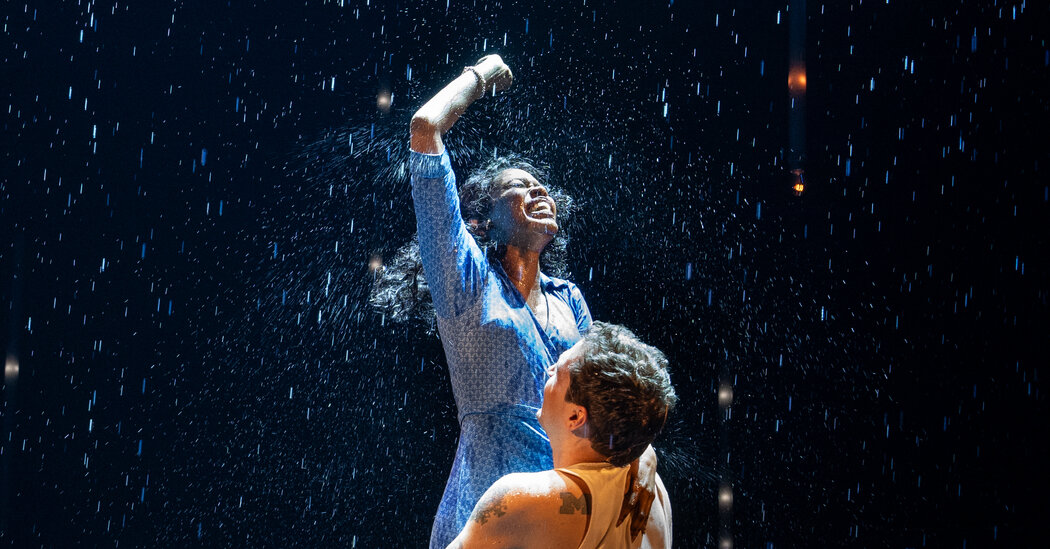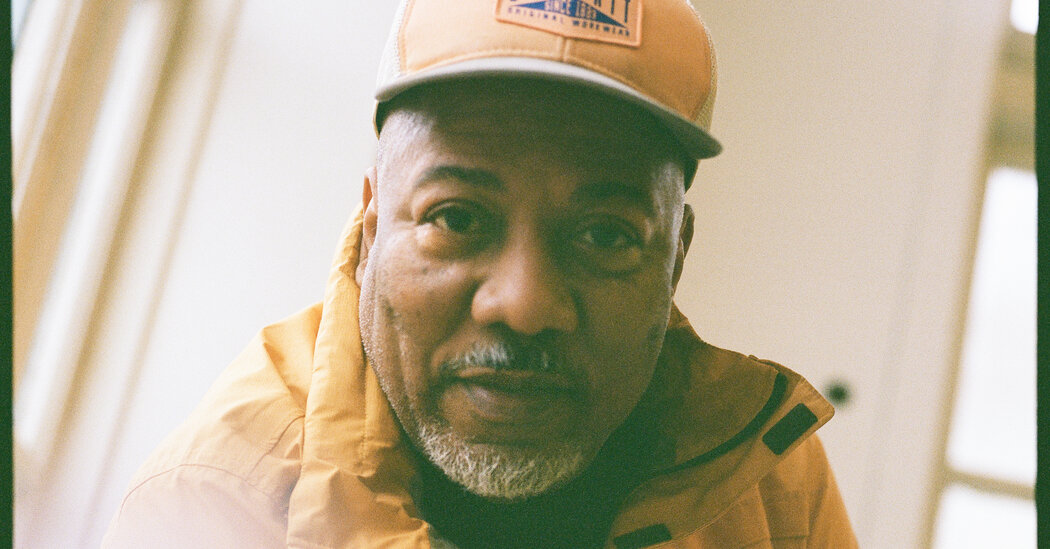The National Ballet of Japan ’s 2024/25 season
[ad_1]
The National Ballet of Japan ’s 2024/25 season was unveiled today by Miyako Yoshida, Artistic Director of
Ballet & Dance of the New National Theatre Tokyo. Entitled “With a Sense of Adventure”, the season
features one world premiere, two company premieres alongside beloved classics. Embodying the theme of
expanding artistic boundaries with a sense of adventure, the season culminates with the company’s first
ever visit to the Royal Opera House in the UK in July 2025, performing its celebrated production of Giselle.

William Forsythe & Harald Lander enter company repertoire
In March 2025, the triple bill “Ballet Coffret” will feature two company premieres – Harald Lander’s
Etudes and William Forsythe’s The Vertiginous Thrill of Exactitude, along with Michel Fokine’s The
Firebird, making a return after 12 years. The trio of works have been especially chosen to showcase the
technical virtuosity and stylistic versatility of the dancers of the National Ballet of Japan.
World Premiere by Keigo Fukuda
National Ballet of Japan dancer Keigo Fukuda will create a one-act work for the company’s Young NBJ
GALA 2025, which aims to nurture young dancers. A member of the “NBJ Choreographic Group”,
Fukuda has worked with emerging dancers of the company over the past few seasons.
UK Debut at Royal Opera House with Miyako Yoshida’s Giselle
The National Ballet of Japan’s 2025 highlight will be the company’s UK debut at the Royal Opera House
in London, generously supported by Kinoshita Group Co., Ltd. The company will give five performances
of Giselle in a celebrated production by the artistic director Miyako Yoshida who was for 16 years a
Principal Dancer of The Royal Ballet. In collaboration with award-winning British choreographer Alastair
Marriot and designer Dick Bird, Yoshida’s Giselle will also be performed in Tokyo in April 2025 before
travelling to London
Beloved ballet repertoire
The season sees the returns of beloved and exciting ballets from the company’s repertoire. The season opens
with The Sleeping Beauty, choreographed by Wayne Eagling, which maintains a classical style while also
employing modern sensibilities.
For the Christmas/New Year season, the NBJ will perform the popular classic The Nutcracker and the
Mouse King in a production by Wayne Eagling. Introduced to the company’s repertoire in the 2017/18
season, the ballet became an instant classic, proving enormously popular with audiences.
The creative team of Alice’s Adventures in Wonderland© by Christopher Wheeldon features a starry lineup of artists including British choreographer Christopher Wheeldon, composer Joby Talbot and multiple award-winning designer Bob Crowley. The National Ballet of Japan is the only company in Japan permitted to perform this wonderfully entertaining work for the whole family.
NBJ’s popular series featuring choreographic works by dancers
DANCE to the Future is a series of programmes featuring contemporary works choreographed by dancers
of the NBJ. Selected works from the “NBJ Choreographic Group”, a project for nurturing choreographers
at the NBJ, will be performed. This season the company welcomes Kenta Kojiri as an advisor. A former
dancer of the Nederlands Dans Theater, Kojiri has engaged in a wide range of work including his own
choreography and hosting workshops. Kojiri will develop his pioneering, futuristic choreography with
NBJ’s dancers.
Dance work for the family, Obachetta, returns
Leading Japanese contemporary dance company, Co. Un YAMADA returns to the New National Theatre
Tokyo to perform Obachetta, a hugely popular work much enjoyed by children and adults alike.

The National Ballet of Japan
2024/2025 SEASON AT A GLANCE
——— 8 Productions 64 Performances in Total ——–
The Sleeping Beauty
25 Oct – 4 Nov, 2024 (12 performances)
Choreography by Wayne Eagling (after Marius Petipa)
Music by Pyotr Ilyich Tchaikovsky
Music Arranged by Gavin Sutherland
Set Designer: Naoji Kawaguchi
Costume Designer : Toer van Schayk
Lighting Designer: Yuji Sawada
Conductors: Gavin Sutherland / Misato Tomita
Orchestra: Tokyo Philharmonic Orchestra

The National Ballet of Japan
DANCE to the Future 2024
29 Nov – 1 Dec, 2024 (4 performances)
Choreography by: Artists of the National Ballet of Japan
Advisor: Kenta Kojiri
The National Ballet of Japan
The Nutcracker and the Mouse King
21 Dec, 2024 – 5 Jan, 2025 (18 performances)
Choreography by Wayne Eagling
Music by Pyotr Ilyich Tchaikovsky
Set Designer: Naoji Kawaguchi
Costume Designer: Ayako Maeda
Lighting Designer: Yuji Sawada
Conductors: Misato Tomita / TBA
Orchestra: Tokyo Philharmonic Orchestra
Chorus: The Little Singers of Tokyo
The National Ballet of Japan
Ballet Coffret
Etudes / The Vertiginous Thrill of Exactitude / The Firebird
14 – 16 Mar, 2025 (4 performances)
Etudes Company Premiere
Choreography by Harald Lander
Music by Carl Czerny
Music Arranged and Orchestrated by: Knudåge Riisager
The Vertiginous Thrill of Exactitude Company Premiere
Choreography by William Forsythe
Music by Franz Schubert
Set and Lighting Designer: William Forsythe
Costume Designer: Stephen Galloway
The Firebird
Choreography by Michel Fokine
Music by Igor Stravinsky
Set Designer: Dick Bird
Costume Designer: Natalia Goncharova
Lighting Designer: Yuji Sawada
Conductor: Martin Yates
Orchestra: Tokyo Symphony Orchestra
Co. Un YAMADA
Obachetta
29 – 30 Mar, 2025 (4 performances)
Direction and Choreography by Un Yamada
Music by Satoru Wono
Set Designer: THE CABIN COMPANY
Lighting Designer: Akiyo Kushida
Costume Designer: Yuko Ikeda
Sound Designer: Hisashi Kurono
Performance: Co. Un YAMADA
The National Ballet of Japan
Giselle
April, 2025 (9 performances)
Choreography by Jean Coralli , Jules Perrot
and Marius Petipa
Production by Miyako Yoshida
Staging and Additional Choreography by: Alastair Marriott
Music by Adolphe Adam
Set and Costume Designer: Dick Bird
Lighting Designer: Rick Fisher
Conductors: Paul Murphy / Misato Tomita
Orchestra: Tokyo Philharmonic Orchestra

The National Ballet of Japan
Alice’s Adventures in Wonderland© by Christopher Wheeldon
12 – 24 Jun, 2025 (11 performances)
Choreography by Christopher Wheeldon
Music by Joby Talbot
Set and Costume Designer: Bob Crowley
Scenario by Nicholas Wright
Lighting Designer: Natasha Katz
Projection Designers: Jon Driscoll and Gemma Arrington
Puppetry Designer: Toby Olié
Magic Consultant: Paul Kieve
Conductors: David Briskin / Misato Tomita
Orchestra: Tokyo Philharmonic Orchestra
Co-production with: The Australian Ballet
The National Ballet of Japan
Young NBJ GALA 2025
12 – 13 Jul, 2025 (2 performances)
Pas de deux selection
O Solitude
Choreography by Megumi Nakamura
Music by Henry Purcell
Lighting Designer: Hisashi Adachi
Costume Designer: Izumi Yamada
A New Work by Keigo Fukuda Commissioned work by the NBJ, world premiere
Choreography by Keigo Keigo
International Tour
Giselle
24 – 27 July, 2025 (5 Performances)
Venue: Royal Opera House, London, UK
Corporate Sponsorship by Kinoshita Group Co., Ltd

[ad_2]
Source link

